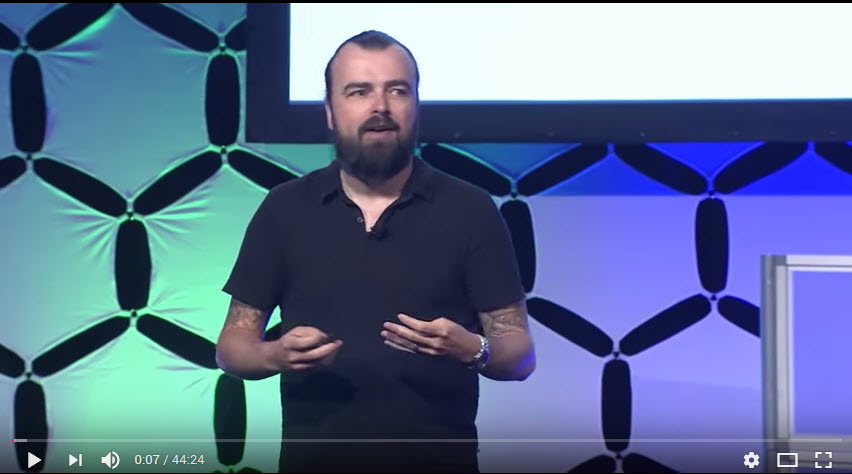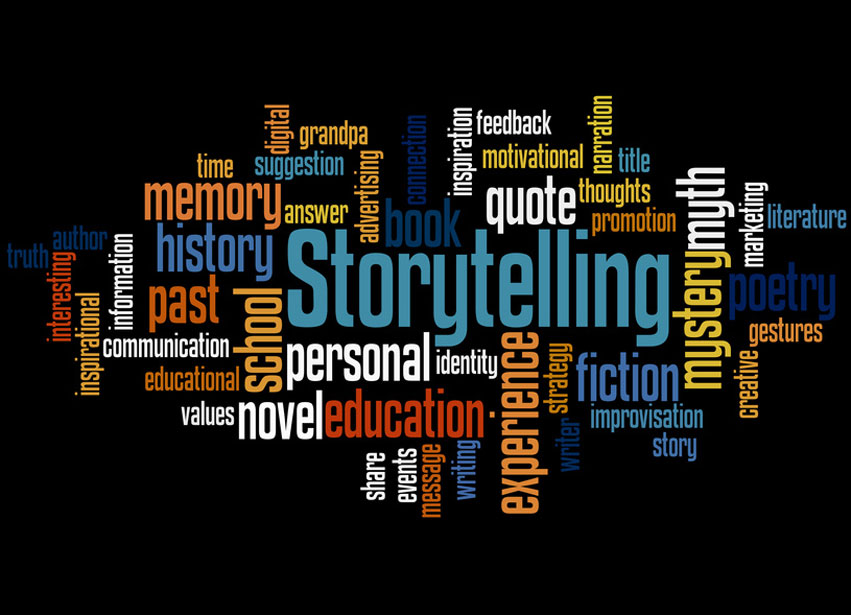"Everything starts with a story." - Joseph Campbell
When we look at human’s earliest writings or even pictographs, we see them telling stories.
We know this to be true. When you return to work each Monday, you probably get asked, “How was your weekend?” You don’t then list out a set of facts. Most likely, you tell a compelling story to reveal why your weekend was either amazing or horrible.
Every year companies spend billions of dollars on branding — logos, color palettes, taglines, and more — yet they often spend little to no time on the most important piece of their brand, which is creating experiences that create stories. Stories are one of the most powerful ways to create connection and trust with others.
You also need to create your own personal story. Here’s your simple outline:
1) Past: Where did you come from? What was the biggest adversity that you overcame? What did you learn? What was the most significant thing that happened in your life growing up?
2) Present: Why are you doing what you do? What do you love about your life now? What drives you now?
3) Future: Where are you going? What does your future look like?
Here are some other practical ways you can tell a great story:
Selecting a Story and Preparing to Tell It
- Finding an appropriate story is sometimes the hardest part. To do this, it helps to identify a situation in the past that’s analogous to what action you want to occur as a response. In other words, identify a story where the change you’d like to see has already happened somewhere. Learn as much as you can about that situation and then tell that story. The more analogous the story to your current situation, the more believable your point will be and the more likely the story will be influential.
- It’s usually best for a story to have only one protagonist, rather than a lot of them. Listeners can connect well with a single character, empathize with him or her, and thereby learn the lesson of the story better.
- Practice telling the story. Then, if you really want this to be effective, practice it some more. That might sound weird, especially if you tell a lot of stories. But truly great storytelling doesn’t just happen, not even for professionals. As with any performance, excellence requires that you rehearse before going “on stage” with your story.
Telling the Story
- As you’re telling the story, relive it as well as you can. If you imagine yourself in the setting you’re describing, you’ll be more comfortable telling the story, you’ll include richer detail, and you’ll tell it in a way that draws others into that setting with you. By contrast, when we tell a story by mentally remembering how we’ve told it before, and then try to repeat that earlier performance, our story usually falls flat.
- Perform the story. Tell it with emotion. Tell it with enthusiasm and animation, using hand gestures and other non-verbal cues. Use inflection in your voice, rather than a monotone delivery, and vary your pace of delivery, slowing down in the most important parts. If you can mentally “relive” the story as you’re telling it, as noted above, these things will happen more naturally.
- Enjoy telling the story. Have fun with it. Don’t worry about what anyone thinks of you.
- Avoid offering unnecessary details or tangents in the story. Practice helps you to identify these.
- Tell the story often. The best influencers tell good stories over and over again, even to people who have heard them before (like their employees or their kids). Why? Because people forget the lessons.
- Remember that storytelling is contagious. When people hear stories, they often want to continue the conversation by telling their own similar stories. This helps immensely in an influence situation. If the person you’re trying to persuade connects enough with your story to tell you one with a similar lesson, then stop talking and listen attentively. People are convinced best when they convince themselves.
- Self-depreciating stories – stories about how you personally failed at something – tend to keep people’s attention, and they lend credibility to what you’re saying.
- For any situation you encounter often (e.g., introducing yourself, telling someone about God, training a new employee, etc.), have a stock story or two that you’ve polished and perfected. Very few people can tell inspiring, motivating, or life-changing stories in an impromptu, off-the-cuff manner.
- There’s not one right way to do this – or even two or three. Find a storytelling style with which you’re comfortable and stick with that. If something in the above list doesn’t work for you, ignore it and do something else. What’s important is that your storytelling style is entirely yours, and that you’re comfortable delivering in a story form that best influences others.
(source: Influence Through Storytelling)
A Secret: You Really Aren’t The Story Writer
You can spend hours crafting a great story that is personal or of your brand. This is important. But more important are creating positive and powerful brand experiences that cause others to write their own experience of your story.
How do you do this? By delighting your customers, clients and team members beyond their expectations. When you do so, they will begin to tell your story … well, actually their own story of you … which is far more trustworthy than something the hearers know is manufactured.
At the 2016 Public Relations Society of America Annual Conference, Scott Stratten gives a great talk on using story to influence.
(Click the image to view video)
One of the best ways to influence through stories is to listen for others to tell your story and then celebrate WITH them. Scott describes how well Wrangler Jeans did this in the video. In today’s digital world, that can include using listening social software to see if your name or brand is mentioned. If it’s in a negative light, deal with it. If it’s a positive story, celebrate it. Don’t “leverage” it, as that will take the beautiful shine off the story as people question your motives. Just celebrate it and contribute to it.
Become a better influencer through rich storytelling.


